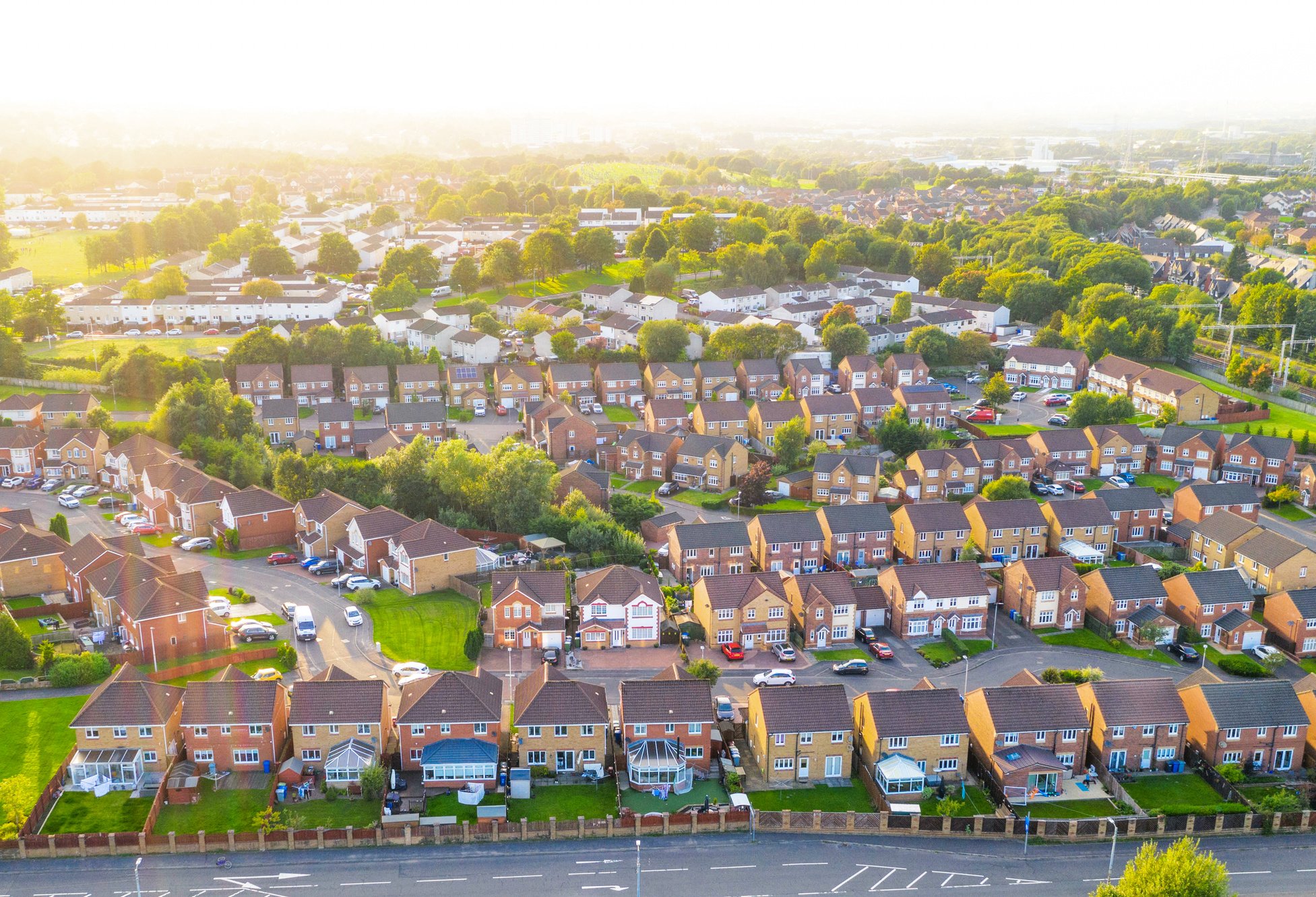
12 South East housing associations leading the campaign to build more affordable homes in our region

CASE for social housing
The next government will face a shortfall of 1.2 million homes over 10 years
The deficit is especially acute in the South East
CASE’s latest research report explores the figures and sets out a five-point plan for policy makers
Key research findings
Of the 300,000 new homes needed each year ...
... 150,000 need to be affordable homes
1.2 million homes deficit is predicted in England over the next decade
830,000 of these are social rent homes
The South East will have a deficit of 250,000 homes
The region needs to build 54,000 homes a year
The symptoms of housing under-supply will worsen
These include homelessness, overcrowding, deteriorating affordability and fiscal cost to the public sector
Our 5-point plan
We urge policymakers to take specific action as soon as possible. We propose a five-point plan to boost social and affordable housing supply:
Re-introduce supply targets
The effective removal of targets on local authorities for housing delivery has been widely criticised by the housing sector and should be reinstated.
Tenure sub-targets
There is no tenure element to the national target, which has allowed the steady decline of social and affordable tenures to escape proper attention. To drive progress on increasing this essential supply, create national, regional and local targets for the supply of social and affordable tenures.


Funding
Higher grant rates will be needed to tackle the severe shortage of new social homes across England. This will require a commitment of capital beyond the need just to replace the present Affordable Housing Programme. A move to longer-term (10-year) AHPs could also avoid some of the recent peaks and troughs in supply and enable their historical counter-cyclical role in housing delivery.
Shared ownership
Shared ownership should not be displaced by a focus on First Homes. Shared ownership is more accessible, with lower borrowing costs while allowing for increasing shares later, while First Homes can be taken up by households who could otherwise meet their needs in the marketplace, squeezing out poorer households.
Social rents
A review of the social rent formulae will allow greater certainty and provision of affordable homes. This review should take account of changes such as the values used (the current values date from 1999) and other factors such as thermal efficiency.
CASE members



London, the South East, East Anglia, and parts of the North West
120,000 homes
Fiona Fletcher-Smith
Group Chief Executive



London, South East, East of England, East & West Midlands
78,000 homes
Paul Hackett, Chief Executive

London, Beds, Bucks, Berks, Cambs, Herts, Northants, Oxon
16,500 homes
Matthew Bailes, CEO

Hampshire, Surrey, Berkshire and West Sussex
35,000 homes
Mark Perry, Chief Executive

Contact CASE

